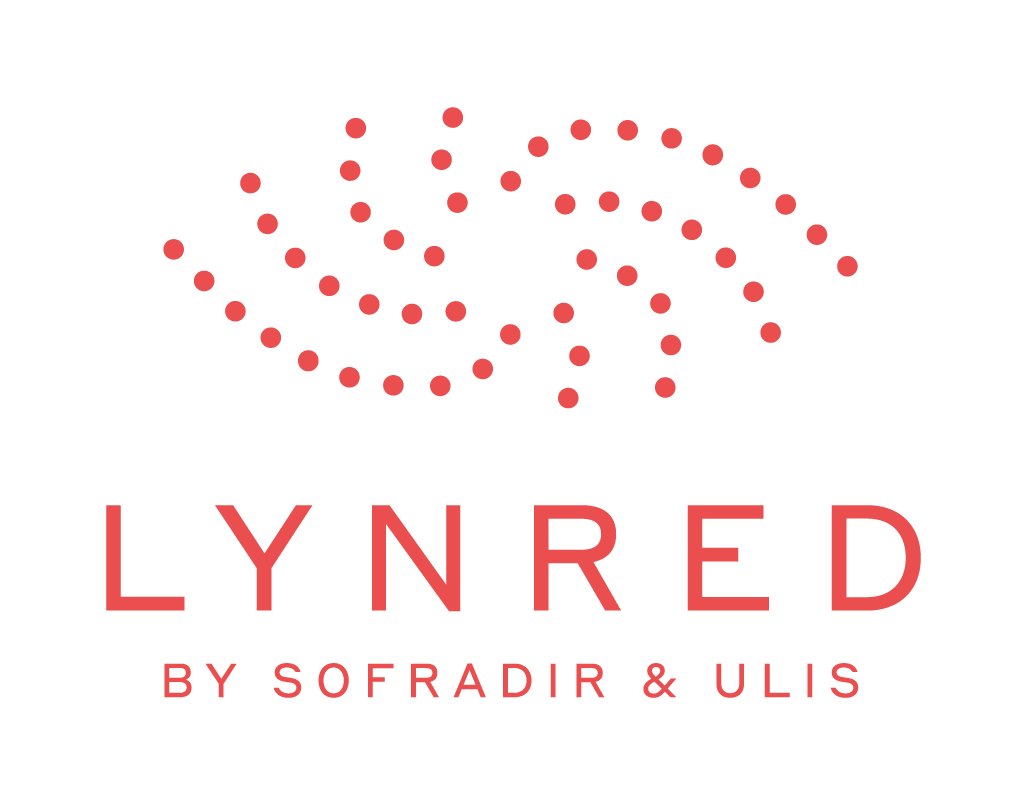
The Quantix test bench
Monday, Oct 12, 2020
The Quantix test bench is a cryostat designed to measure quantum efficiency. The quantum efficiency is the ratio of the photonic current measured by the detector (in e-/s/pixel) to the photon flux (in photons/s/pixel) emitted by a light source and received by the detector. Typical values are above 70% for near infrared devices. The light source is a monochromator (outside the cryostat) which delivers a monochromatic light of typically 20 nm bandpass. The light enters the cryostat into an integrating sphere. A small pinhole is placed at the output of the integrating sphere and at the focus of a collimator, which delivers a collimated beam with a uniform illumination of both the detector under test and a reference detector. The reference detector has been built and calibrated at CEA/LETI. Since both detectors are illuminated simultaneously and see the same photon flux, the quantum efficiency at a given wavelength is the ratio of the photonic current measured by the detector under test to the photon flux measured by the reference detector. Since the Quantix test bench delivers a light beam uniform across the surface of the detector under test, it can also be used to measure the pixel response non uniformity, which is the relative variation of response of a given pixel compared to the average response. Last, a fast cryogenic shutter at the output of the integrating sphere can be used to quickly put the detector in dark conditions, in order to measure the persistence effect, which is a measurement of the time it takes for the detector to get back to the dark current level after an illumination. This effect, present in basically all infrared detectors, must be studied in detail as it has strong consequences in astronomical observations: because of this “memory” effect, a bright star observed in a previous observation will create a ghost image that could be misinterpretated as a faint object in subsequent observations. The development of the Quantix test bench and the reference detector have been funded by the LabEx FOCUS ANR-11-LABX-0013.

Integration of the different elements of the Quantix optical bench. The main part of the system is the collimator, which was built, mounted and aligned on the optical bench at the University of Durham (UK). The remaining elements (cryogenic translation stages, integrating sphere, cryogenic shutter, detector mount, reference detector, …) are integrated in one of the clean rooms at the Astrophysics Department of CEA (France). © CEA

Close-up view of the collimator system of the Quantix test bench. The collimator delivers a uniform illumination on the detector under test so that each pixel of the detector sees the same photon flux. © CEA

The Quantix cryostat in the infrared laboratory at the Astrophysics Department. The cylindrical part will receive the Quantix optical bench, and the parallelepiped part houses the cryogenic system. The optical bench will operate at a temperature of 20 K. © CEA






